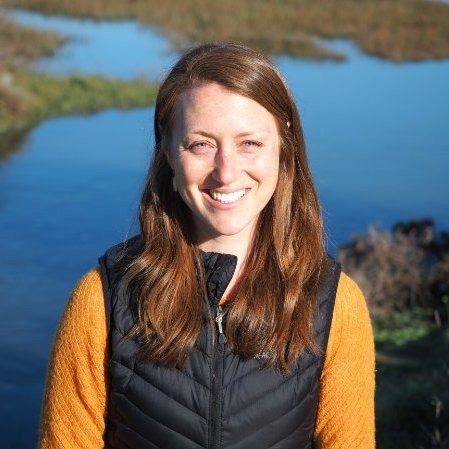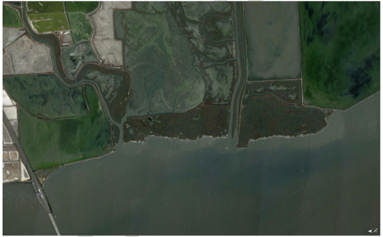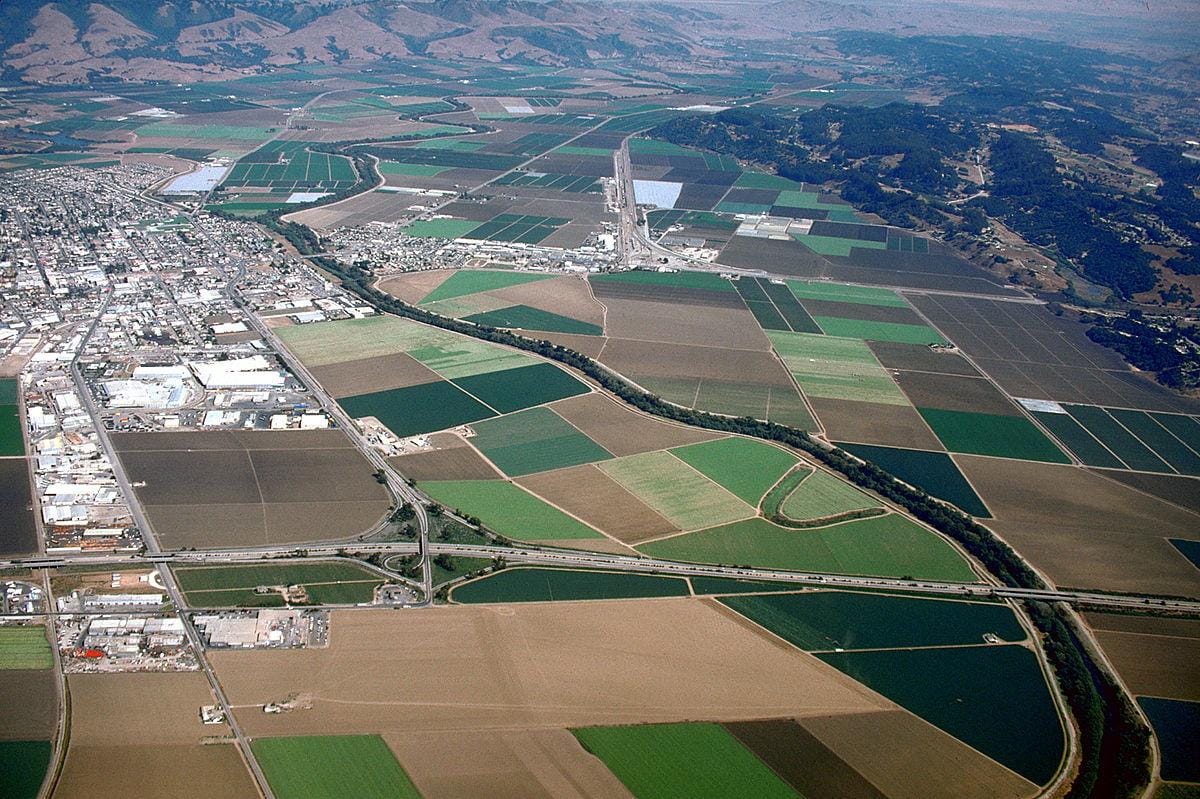The Dry Creek (Warm Springs Dam) Restoration Project is located downstream of the USACE-managed Warm Springs Dam and near the City of Healdsburg in Sonoma County, CA. The project will restore approximately 47 acres of stream, floodplain, and riparian habitat along 2.6 miles of Dry Creek for the benefit of endangered coho salmon and threatened steelhead trout. Restoration measures include increasing habitat complexity and improving hydrologic connectivity with the floodplain by constructing combinations of riffles, large wood structures, backwaters, side channels, and alcoves pool features. Riparian habitat will be improved through invasive species reduction and riparian revegetation with native species.
Phase I will restore over 10 acres of habitat during the summers of 2022 and 2023. Previous work on the 14-mile Dry Creek includes a smaller pilot restoration project completed by USACE under the Continuing Authorities Program and over two miles of ecosystem restoration completed by non-federal sponsor Sonoma Water. Phases II and III will be constructed in future years.
The project is a collaboration between Corps, Sonoma Water, and the landowners along Dry Creek, including Dry Creek Vineyard, Amista Vineyards, Yellow Dog Vineyard, the Seghesio Family, Quivira Vineyards and Winery, Rued Winery, Doug Lipton, Carole & Geno Mascherini, Peter & Marian Van Alyea and Ron Wolmer.
Dry Creek Habitat Restoration Project has a voluntary arrangement with landowners called the Dry Creek Safe Harbor Agreement (SHA). These landowners are given enhanced Endangered Species Act protections thanks to the SHA. The first landowner to register for the SHA was Dry Creek Vineyard and USACE San Francisco District appreciates those that followed their lead to support the recovery of species protected under the federal Endangered Species Act (ESA).
Environmental Benefits
Dry Creek is home to coho salmon and steelhead trout. Efforts led by local agencies to construct alcoves, riffles (small rapids that increase the ratio of dissolved oxygen in the water), backwaters, and side channels have improved outcomes for these threatened and endangered species. However, water velocities continue to be a limiting factor for young fish. The Dry Creek Restoration Project incorporates logs, logjams, and rocks to create safe side channels for fish during high flow events and anchored boulders to create riffles. Bank stabilization measures aim to reduce erosion. The reintroduction of native flora around the creek will also provide erosion control and shade. By using natural processes to support restoration, this project has reduced demands on limited resources and minimized the environmental footprint of the project.

Economic Benefits
Sonoma County and the Healdsburg region is an important player in the California wine industry. Sonoma County produces roughly $8 billion in wine and generates $1.2 billion from wine tourism. Protecting and enhancing the Dry Creek watershed provides both local and national economic benefit.
Social Benefits
Dry Creek restoration improves the aesthetics of the local environment for residents, winemakers, and tourists alike. Restoration outcomes foster a sense of pride in the local landscape and environment. Finally, restoration measures will provide storm and erosion protection for the public.






